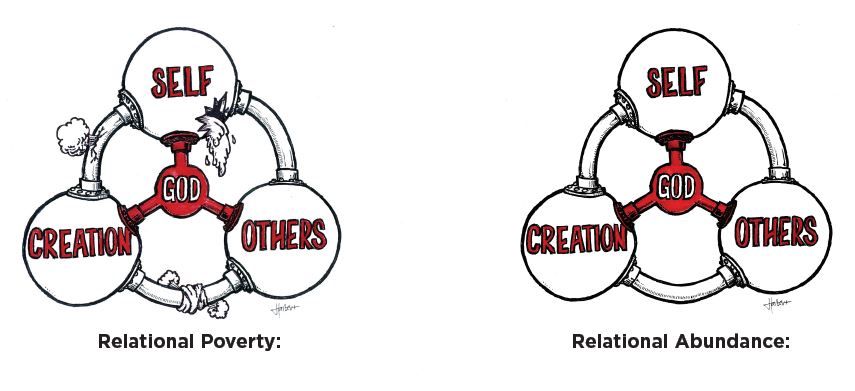When humans are functioning as God intended, they experience beauty and richness in their relationships with God and one another, yet no one is exempt from the pain of broken relationships and the need for forgiveness and reconciliation. Why do we forgive those who have hurt us? Because God, out of love and mercy, forgives through Jesus’ death, and humanity responds in gratitude by forgiving others as Jesus instructs his followers to do (Luke 6:37). Forgiveness can be a worshipful act that has the power to transform lives. Forgiveness, however, is not the same as reconciliation. Forgiveness is internal and makes reconciliation possible, but not inevitable. Reconciliation is interpersonal and involves rebuilding trust in a relationship where trust has been damaged.
Everett Worthington, an expert on the scientific study of forgiveness, explains there are two types of forgiveness that happen independently of one another: decisional and emotional forgiveness. Decisional forgiveness can occur quickly and involves controlling our behavioral intentions toward those who offend us. In contrast, emotional forgiveness is often slower and not always under our control; an individual makes a decision to forgive, but may not feel emotional peace as memories of the offence surface. Personal responsibility, then, is an important part of the process. Once forgiveness is extended, reconciliation involves hard work, emotional honesty, and behavioral changes.
Authors Jones and Musekura offer a forgiveness model that is likened to the relationship between Father, Son, and Holy Spirit, sometimes described by theologians as a dance of self-giving love that overflows into love for humanity. We join the divine dance of the Trinity through the forgiveness offered by Jesus’ redemptive work on the cross, enabling us to forgive others and move toward a longing for reconciliation, even if reconciliation is not possible. The model offers six steps, rehearsed over time, to engage in the beautiful dance of forgiveness. The dance steps include:
Telling the truth of what happened, which requires honesty and patience.
Acknowledging emotional pain and anger.
Through the indwelling power of the Holy Spirit, developing concern for the well-being of the offender made in the image of God.
Without minimizing the offence, recognizing and taking responsibility for the human tendency to see the fault in others more quickly than in ourselves.
Committing to change, while looking forward and wishing the best for others on an individual and community level.
Though reconciliation may not be possible, moving toward a yearning or longing for reconciliation through prayer.
Reconciliation happens most authentically when we understand our own broken relationships in light of God’s redemptive work and stay engaged with a heart toward reconciling relationships in the midst of suffering, when the opposite response might seem more natural. The beautiful dance of forgiveness and the longing for reconciliation have a reciprocal nature and exemplifies what humans strive for. God pursues a relationship with humanity via self-giving love, through the atoning work of Christ on the cross, and the Father welcomes a broken and humble soul who returns home (Luke 15:15-32). In the midst of our struggle with broken relationships, it's important to remember that Jesus, though he never needed to seek forgiveness, spared nothing for the sake of reconciliation with humanity.




